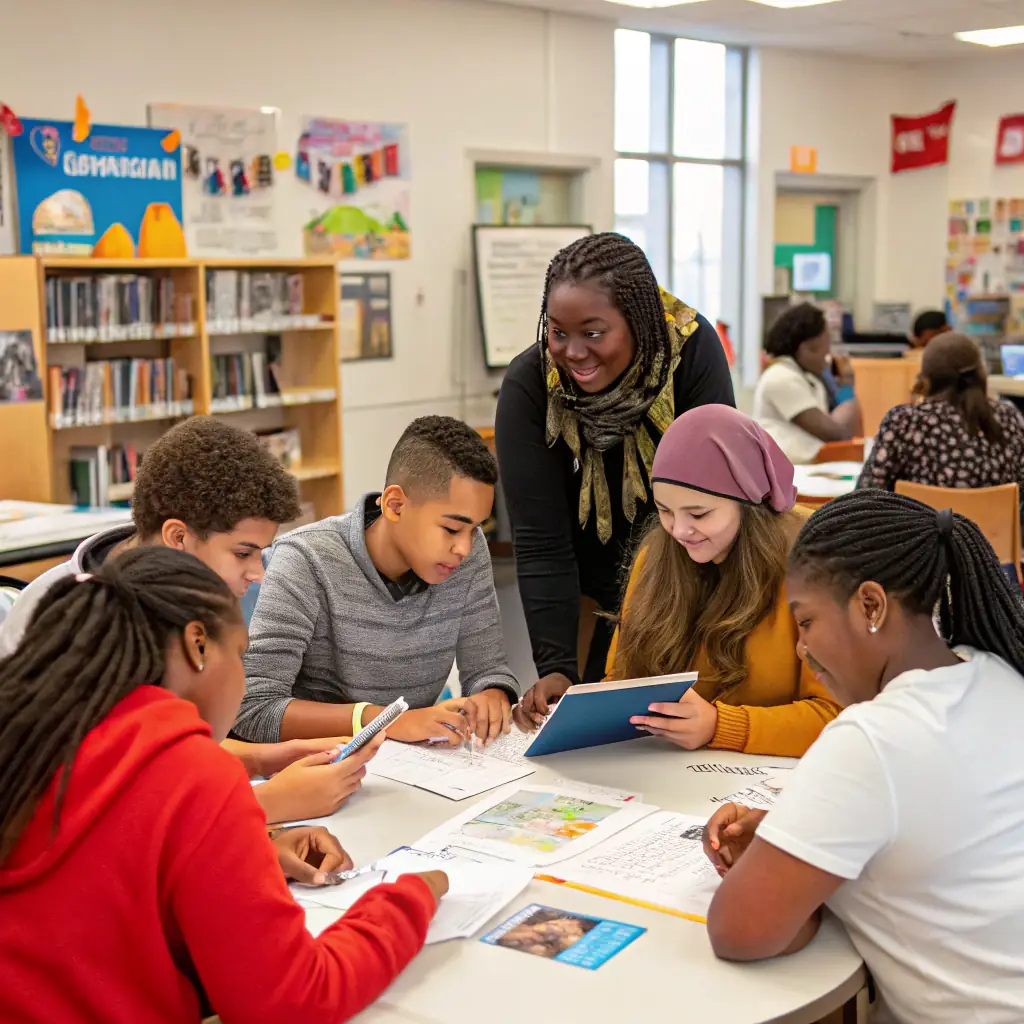
Middle Schools
Inclusive middle schools support all learners, and improves outcomes for all learners. Explore strategies to foster a supportive and diverse learning environment for every student.

Understanding Inclusion in Middle Schools
Inclusive middle schools ensure that all middle-school students, regardless of their abilities or backgrounds, are given equal opportunities to learn and participate. Inclusion is accomplished through Universal Design for Learning, IEPs that explain effective strategies, modification when necessary, and collaboration amongst and between team members.
- Promotes equal learning opportunities for all students.
- Encourages a supportive and diverse classroom environment.
- Enhances social skills and mutual respect among students.
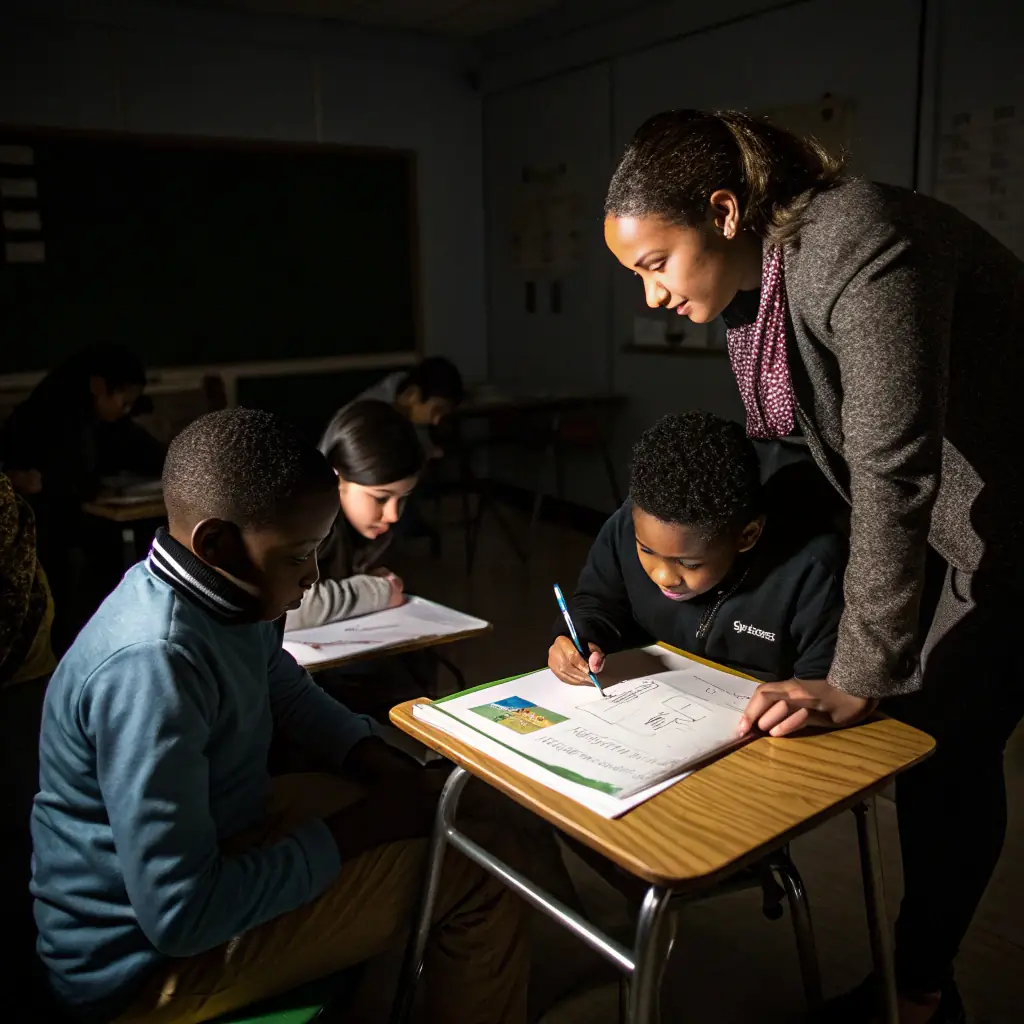
Understanding the Designation Process for Student Support
The designation process is crucial in identifying how best to support students. It involves collaboration among educators, parents, and specialists to ensure each student receives the necessary resources to thrive in an inclusive environment.
- Collaborative approach with educators and parents
- Individualized education plans (IEPs) reflecting designation for students
- Regular assessment and adjustment of strategies
Curriculum
Adapting and Modifying for Success
Most students with IEPs will only need adaptations in order to be successful within the curriculum. Certain students will need the curriculum to be completely modified. Explore strategies for both adaptations and modifications to ensure all students’ success.
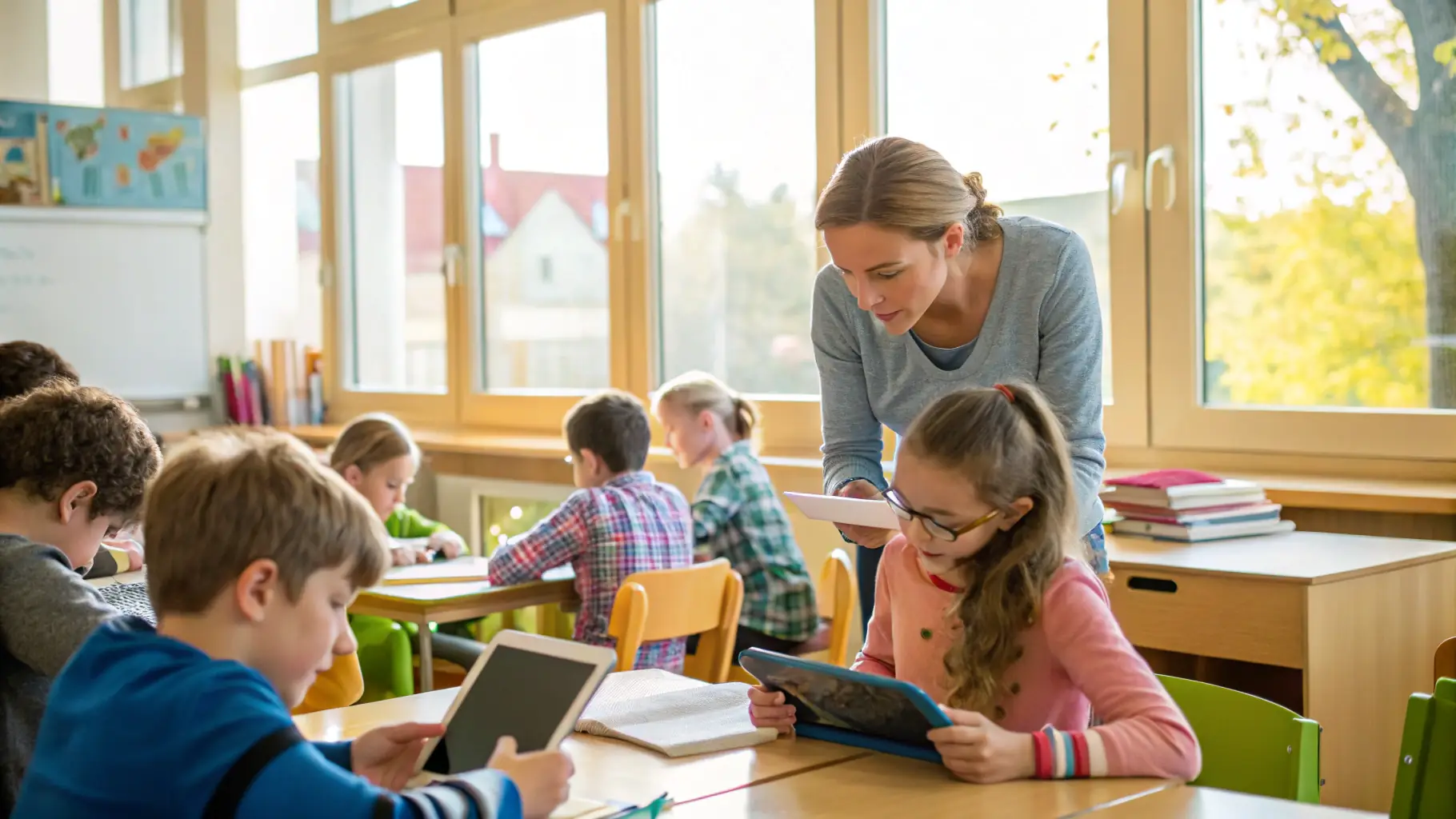
Roles and Responsibilities of School Teams
School-based teams (SBTs) play a crucial role in fostering inclusive education by collaborating to support diverse learners. School-based teams meet to make plans for adaptations and support for struggling students, and collaborate to plan for the success of the student.
Resource Teachers
Coordinate efforts, write, monitor, and adapt IEPs, run IEP meetings, and advocate for student needs.
Classroom Teachers
Help design, implement, supervise, and assess the student’s learning plan.
Educational Assistants
EAs assist in implementing inclusive strategies, under the direction of the classroom teacher.
Families and Students
Both can use their knowledge of their child or themselves to design a responsive IEP, advocate for needs, and explain strengths.
UDL Principles
Empowering Inclusive Learning Environments
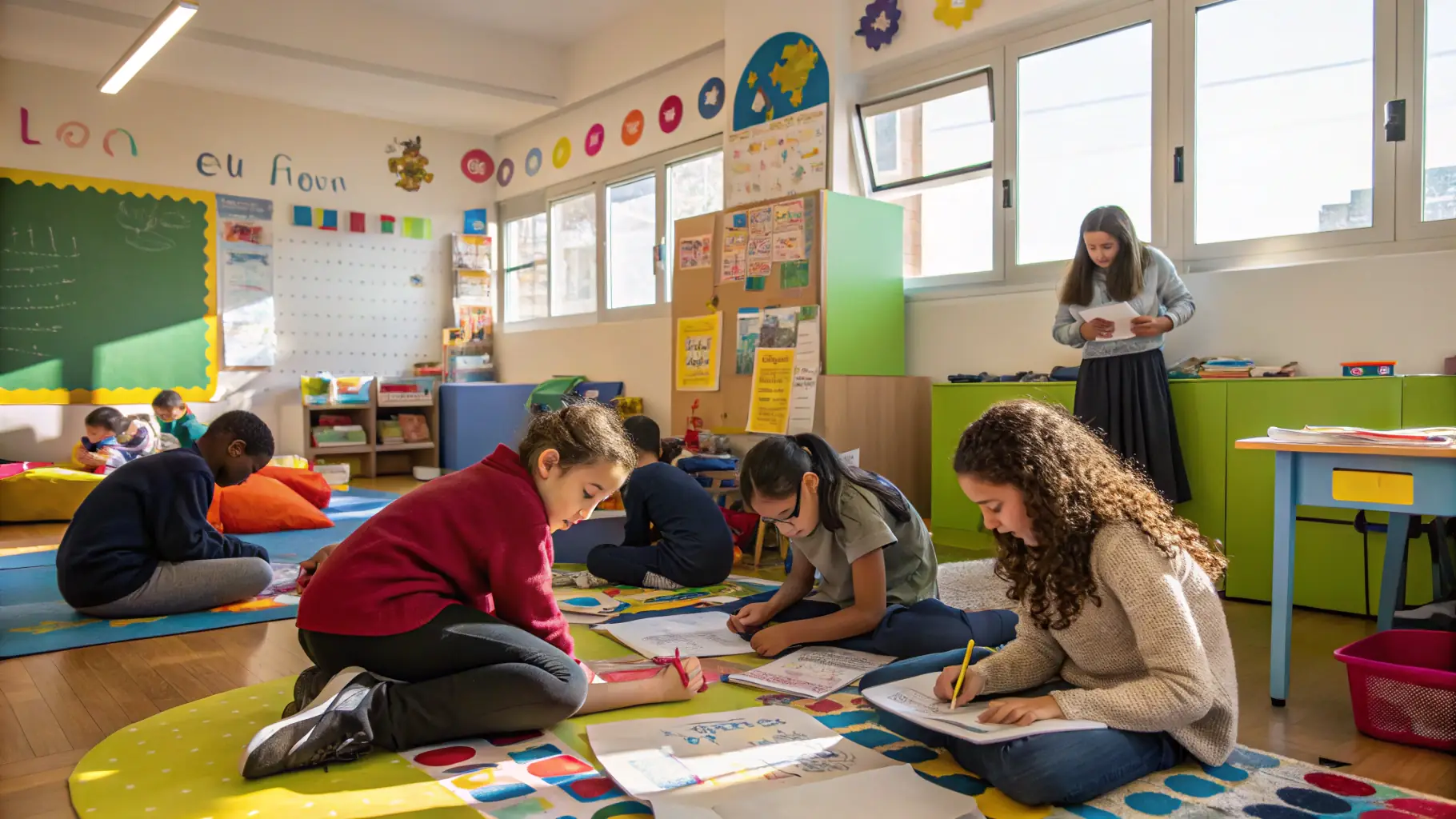
Strategies for Differentiating Instruction
Create dynamic, inclusive classrooms that support all learners. Present material in multiple ways, with multiple access points.
Strategic Small Groups
Utilize small groups to teach specific skills.
Personalized Learning
Creating Student Profiles for Student Success
Promote the unique stories and educational needs of students through one-page student profiles. Each profile highlights the student’s strengths, challenges, interests, and goals, allowing all educational team members to see the student overall at a glance.

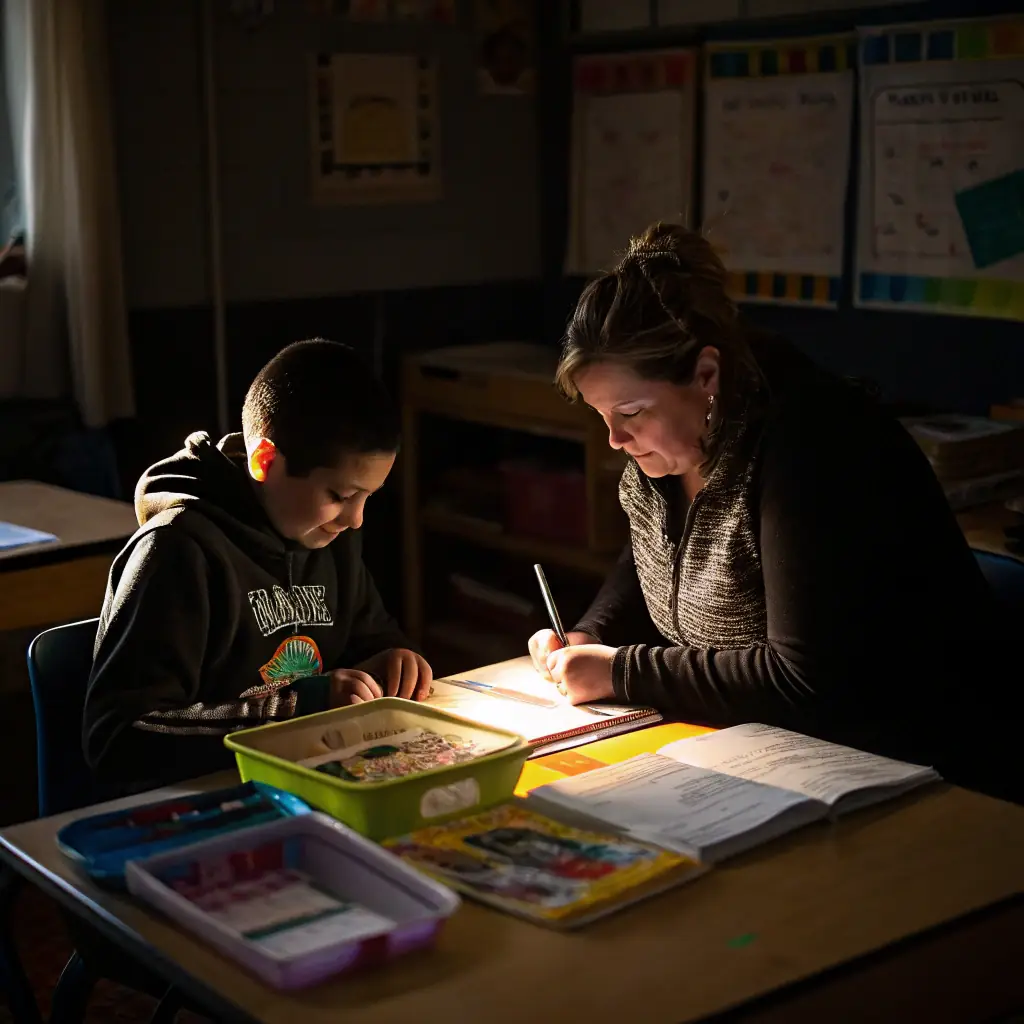
Understanding the Importance of Individualized Education Plans
- Customized learning goals for each student
- Collaborative approach involving teachers, parents, and students
- Regular assessments to track progress and adjust plans
